Grand Place in Brussels - place with a beautiful flower carpet
Where is located Grand Place?
Address of Grand Place is Brussels 1000, Belgium
show on map
When was built Grand Place?
Built date of Grand Place is XIV century - construction of the first buildings
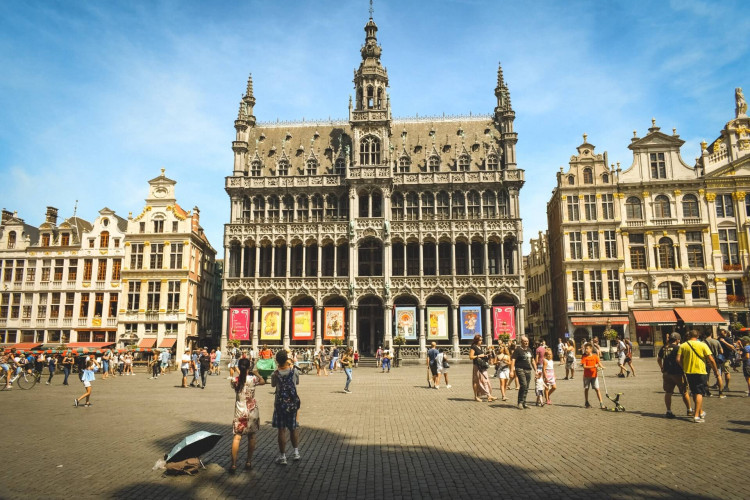
Facts, informations and history of Grand Place
La Grand-Place in Brussels is an extremely homogeneous complex of public and private buildings, mainly from the late 17th century. The architecture is a living illustration of the level of social and cultural life of this period, including an important political and commercial center.
The Grand Place is a market square in Brussels, built on a pentagonal plan, at the exit of seven streets, delineated before 1348. It used to be a marketplace, which has resulted in streets surrounding the square that bear the names of food products such as butter (Rue au Beurre), herbs (Rue du Marché aux Herbes), cheese (Rue du Marché aux Fromages) and so on. With the development of the city, the market stalls have given way to large buildings.
The Grand Place was bombed for 3 days and almost completely destroyed in 1695 during the French bombing and then rebuilt in a uniform architectural style in less than 5 years.
The square has dimensions of 110 x 70 m and has been used as a marketplace since the 15th century. Currently it is surrounded by buildings from the end of the 17th century. Most of them used to be guild houses. Their facades are decorated with statues, symbols and the house name. The Town Hall is the most unusual of them and is still used for marriages.
In the 14th century a magnificent Gothic Town Hall was built on the square and in the 16th century the residence of the Spanish kings Maison du Roi. There are houses with richly decorated and gilded facades around.
The City Hall building was not spared by history. Often transformed, it has survived to this day. The building consists of three storeys, each of which is developed in its own way. There is a large group of figures depicting rulers and saints.
There is a 5-meter high statue of St. Michael killing a demon on top. Other statues that are currently on this building are no longer original.
The history of La Grand-Place in Brussels dates back to the 10th century and the reign of Duke Charles of Lower Lorraine. He built a fort on the island of Saint-Gery and in the 11th century an open-air market was built near the fort. Since then, the market has developed and became the center of commercial development in Brussels. Already in the 13th century, internal markets were built on the edge of this open-air museum. In the 14th century the Great Market was improved.
In addition to the Town Hall and apartment buildings, we can distinguish the princely building, which is currently the Museum of the City of Brussels and has interesting exhibitions on the history and geography of the city.
Every two years, in mid-August, on the eve of the feast of Our Lady of the Herbs, a colorful carpet of 700 thousand begonia flowers is laid! Begonias are arranged in a colorful exposition of different patterns with a total area of 24 x 77 meters.
The composition was first composed in 1971. Then the carpet appeared every few years due to important anniversaries such as the 150th anniversary of Belgian independence or the 1000th anniversary of Brussels. Since 1986 with a flower carpet, it was decided to decorate the main square of the Belgian old town of Grand-Place, periodically in even years.
An event that is very popular is the annual beer festival called "Belgian Beer Weekend". It takes place on the square on the first weekend of September, when you can taste delicious Belgian beer products.
La Grand-Place was inscribed on the UNESCO World Heritage List in 1998.
"Never have I seen something so beautiful and exquisite as the town square of the city where the town hall rises up into the sky. The decoration of the houses is most remarkable" - Archduchess Isabella, daughter of Filip II of Spain wrote about the square during her visit to Brussels (September the 5th 1599).
How many meters have Grand Place?
Height of Grand Place is 96 meters - the highest tower of the town hall

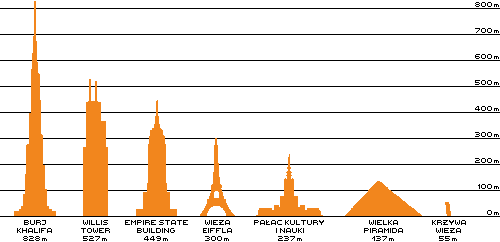
Construction/building type
Building Grand Place is of type Building complex, Place
Architectural style
Architectural style of Grand Place is Gothic, Italian baroque
Gothic is an architectural style that developed in Europe during the Middle Ages, especially from the 13th to the 15th century. It was characterised primarily by tall, narrow and upright buildings of brick or stone, which were subordinated to the idea of a light and airy form. Richly decorated arches, vaults and arcades were also a major feature of Gothic buildings, giving them a light and airy appearance. Gothic buildings were also dominated by high, sloping roofs and towers and turrets, which were intended to be visible from a distance and serve as orientation. ... czytaj więcej.
Other dimensions, parameters and frequently asked questions
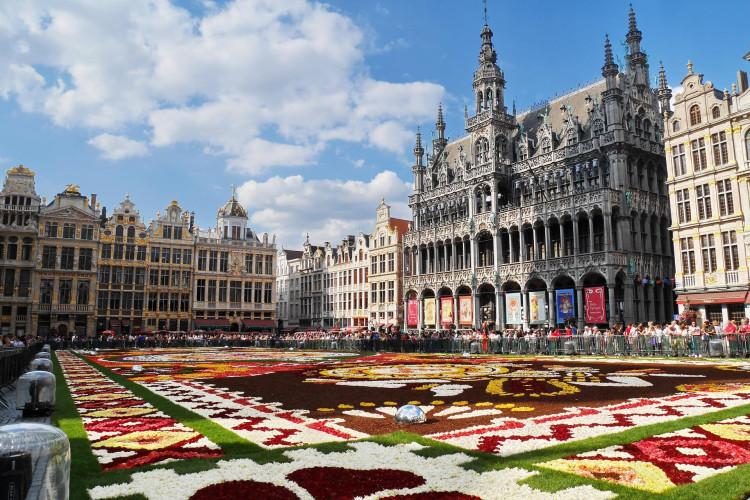
What area have Grand Place?
Grand Place have area of 1.48 hectares
What material is the building made of?
Grand Place is made of the following materials: Stone, wood
Other names
The building is also known by other common names or in the original language, i.e. Wielki Plac w Brukseli, Grote Markt van Brussel
Is the building on the UNESCO World Heritage List?

The listing took place in the year 1992.
Details of the entry are available on the Unesco website at https://whc.unesco.org/en/list/857/
Official website
The official website of the building, where up-to-date information can be found, is https://www.brussel.be/grote-markt-van-brussel
Photo gallery Add photo
Location on map / How to get there



























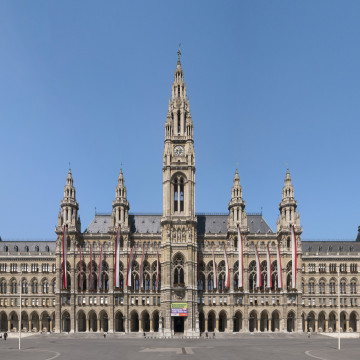
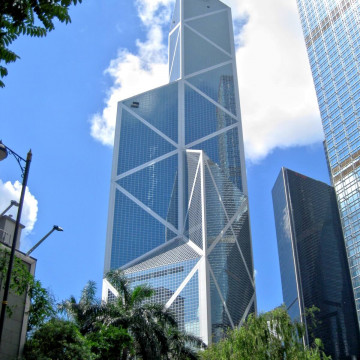

Comments to Grand Place (1) Average rating: 5 Add comment / Rate building
Based on 1 comment